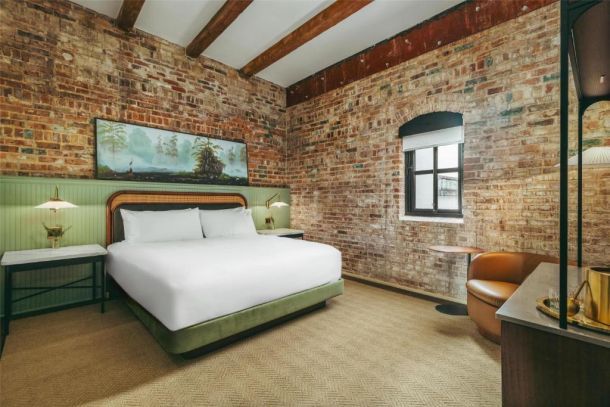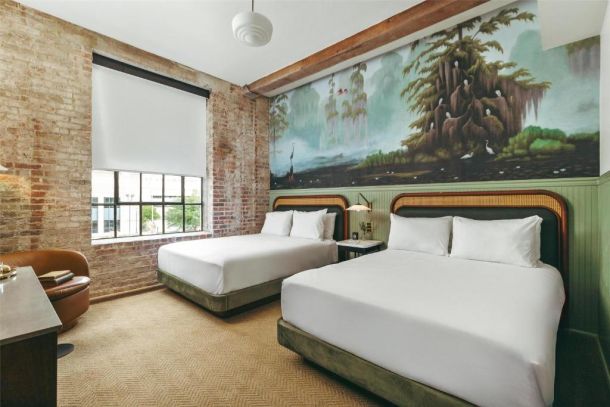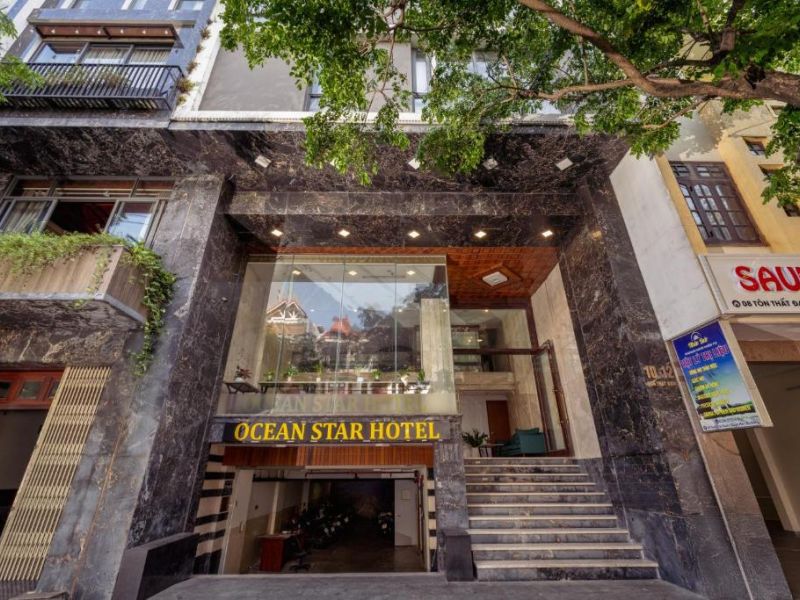Discover the Majestic Wonders of Hawaii Volcanoes National Park: A Journey Into Nature’s Heart
When you think of Hawaii, the first images that likely come to mind are beautiful beaches, clear turquoise waters, and sunny skies. But if you’re a true adventure seeker or nature enthusiast, there’s a hidden gem that you must explore: Hawaii Volcanoes National Park. Located on the Big Island, this awe-inspiring park is a haven for those looking to witness the power and beauty of Mother Nature in its most raw and unfiltered form.
In this article, we invite you to take a virtual tour of the Hawaii Volcanoes National Park with The Monroe Hotels as your guide. From volcanic craters to lush rainforests and diverse wildlife, the park offers a one-of-a-kind experience that will leave you in awe. So buckle up, and let’s dive into the magic that this iconic park has to offer!
Why Visit Hawaii Volcanoes National Park?
The Heart of Hawaiian Volcanoes
At the core of Hawaii Volcanoes National Park lies one of the most active volcanic sites in the world – Kīlauea. This towering volcano is a must-see for any visitor to the park. The park is home to both Kīlauea and Mauna Loa, the two largest volcanoes on the island. Visitors can explore vast landscapes formed by flowing lava, craters, and volcanic steam vents. The park offers an unparalleled opportunity to witness firsthand how the Hawaiian Islands were shaped by volcanic activity.

As you explore the park’s vast terrain, you’ll encounter breathtaking views of glowing lava lakes and active fissures that reveal the dynamic geological forces shaping the Earth. It’s a humbling reminder of nature’s power and beauty. Whether you’re trekking along the caldera or marveling at volcanic eruptions, Hawaii Volcanoes National Park is a place where you can feel the earth rumble beneath your feet.
A UNESCO World Heritage Site
Hawaii Volcanoes National Park is not only a natural wonder, but it’s also recognized as a UNESCO World Heritage Site. This prestigious designation highlights the park’s outstanding universal value and its significance in the context of global natural heritage. The park’s unique volcanic landscape and rare ecosystems make it a vital part of the Earth’s natural history. It’s not just a place to visit; it’s a place to connect with the planet’s geological and cultural roots.
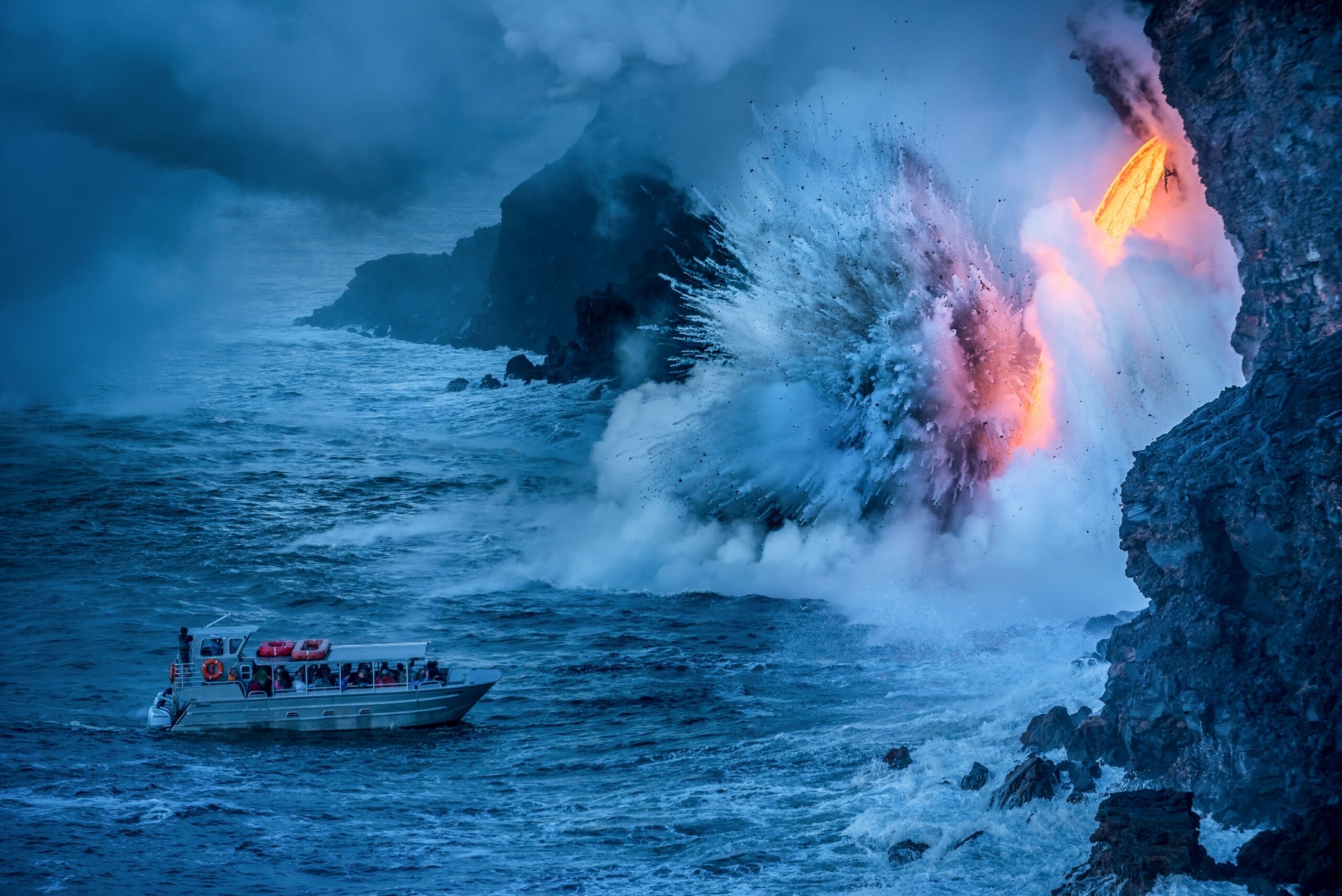
Things to Do in Hawaii Volcanoes National Park
Hike Through Diverse Ecosystems
One of the highlights of visiting Hawaii Volcanoes National Park is the incredible diversity of ecosystems you can experience. The park spans nearly 330,000 acres and features a variety of landscapes, from barren lava fields to lush rainforests. Hiking is one of the best ways to explore these different environments.
-
Kīlauea Iki Trail: This famous trail takes you through an area that was once filled with flowing lava. Hikers can now walk across a solidified lava lake, surrounded by steam vents and the occasional eruption. The trail offers stunning views and a unique opportunity to witness volcanic activity up close.
-
Devastation Trail: A short but unforgettable hike that takes you through an area affected by the eruption of Kīlauea in 1959. The path is lined with craters and twisted remnants of trees, providing a glimpse of how powerful eruptions reshape the land.
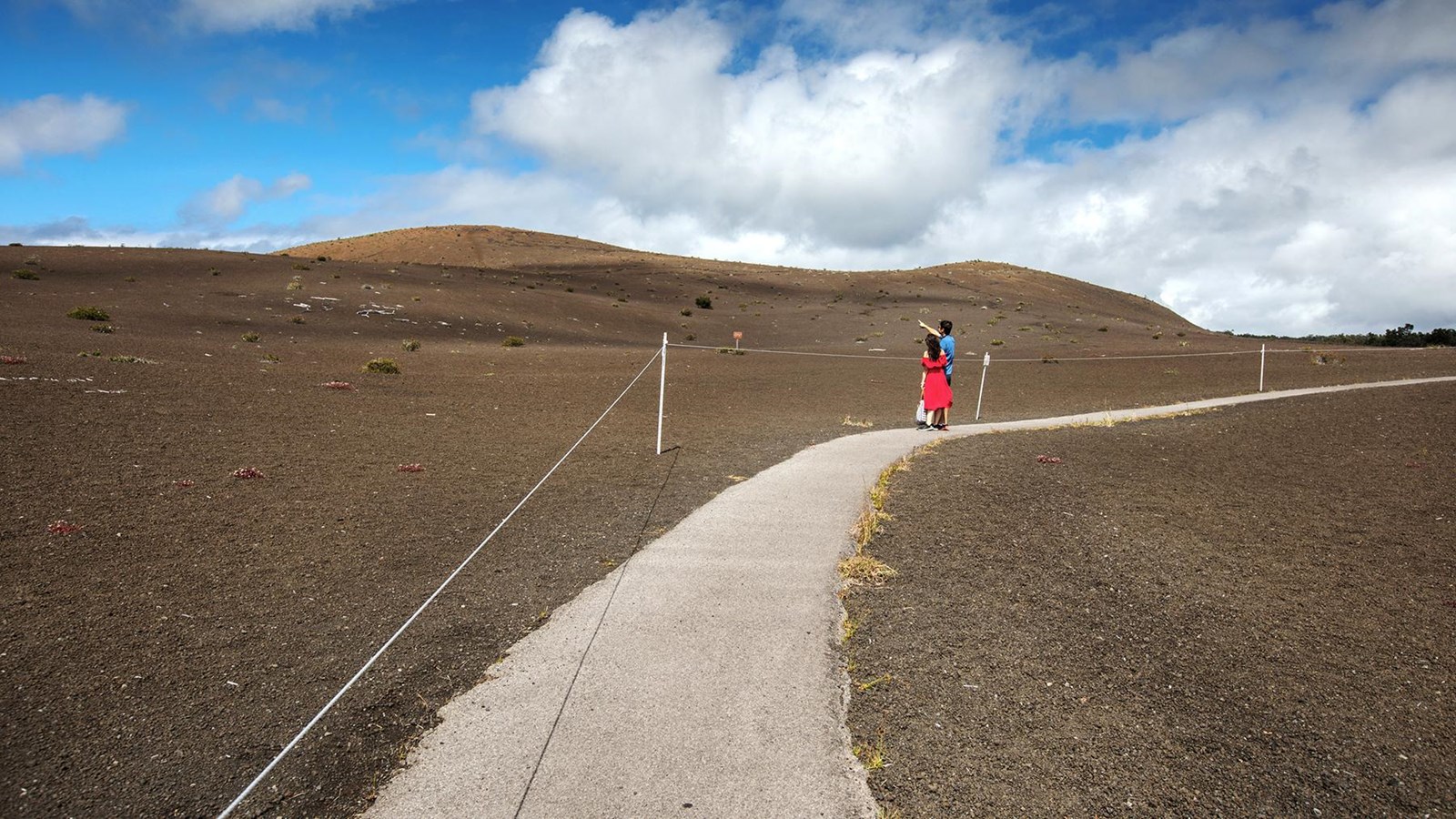
-
Nāhuku (Thurston Lava Tube): For something a little different, the Thurston Lava Tube offers visitors the chance to walk through a natural lava tunnel formed by past eruptions. The lush vegetation surrounding the tube contrasts beautifully with the dark, rocky interior, making it a must-see.
Witness Eruptions and Lava Flows
Perhaps the most exciting aspect of visiting Hawaii Volcanoes National Park is the chance to witness an active volcano in action. If you time your visit right, you might be able to see lava flowing from Kīlauea or Mauna Loa, creating a spectacle of glowing orange rivers cutting through the blackened landscape. These eruptions can be unpredictable, but when they occur, it’s an experience you won’t forget.
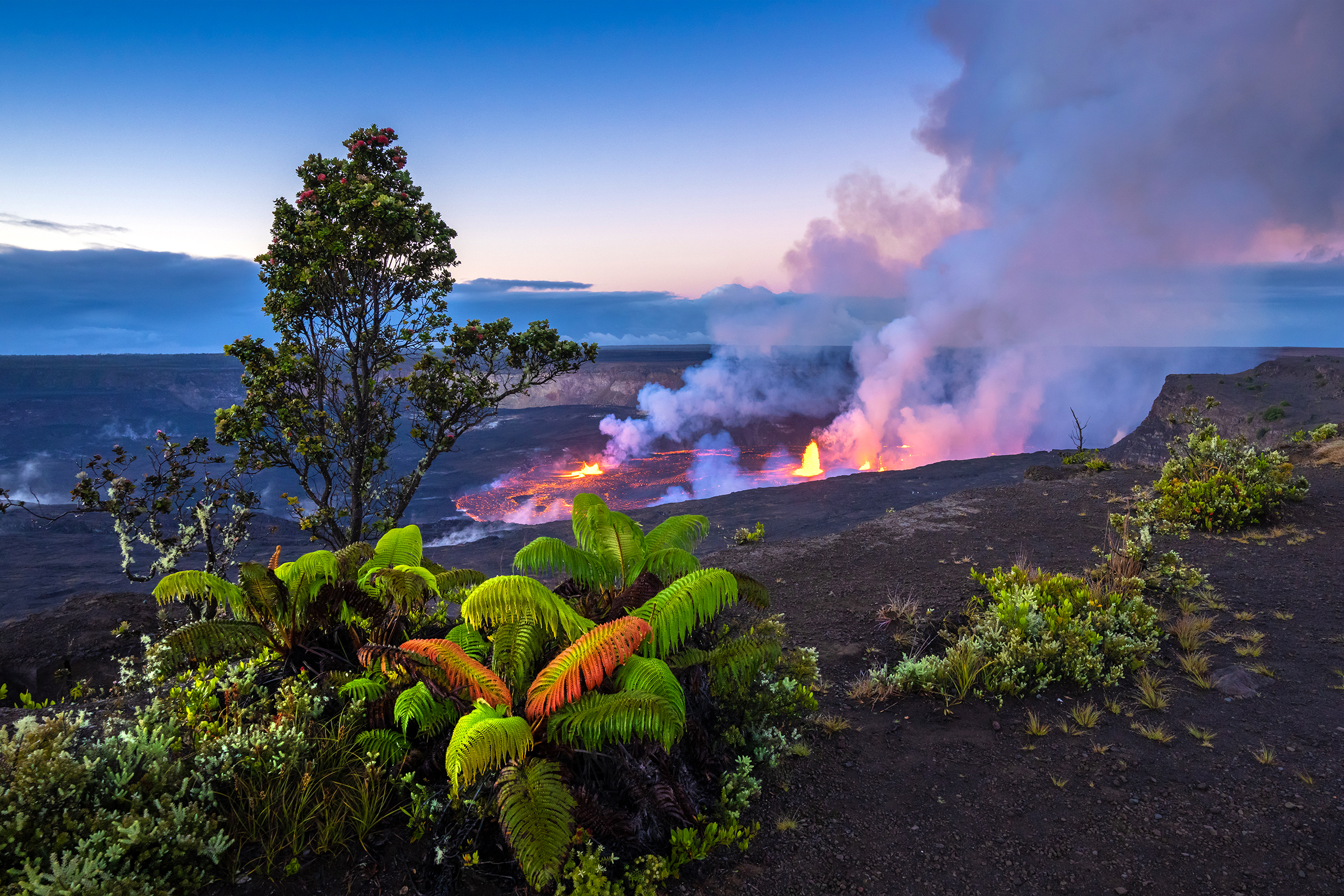
The park’s Kīlauea Visitor Center provides up-to-date information on volcanic activity, making it a great starting point for any trip to the park. You can also join guided tours to learn more about the science behind volcanic eruptions and their impact on the environment.
Explore the Craters and Caldera
For those fascinated by the geological processes that shaped the Hawaiian Islands, Hawaii Volcanoes National Park offers an incredible variety of craters and calderas to explore. The most notable of these is the Halemaʻumaʻu Crater, a massive caldera located within Kīlauea. The crater is home to a lava lake that constantly fluctuates in depth and size, offering an ever-changing view of volcanic activity.
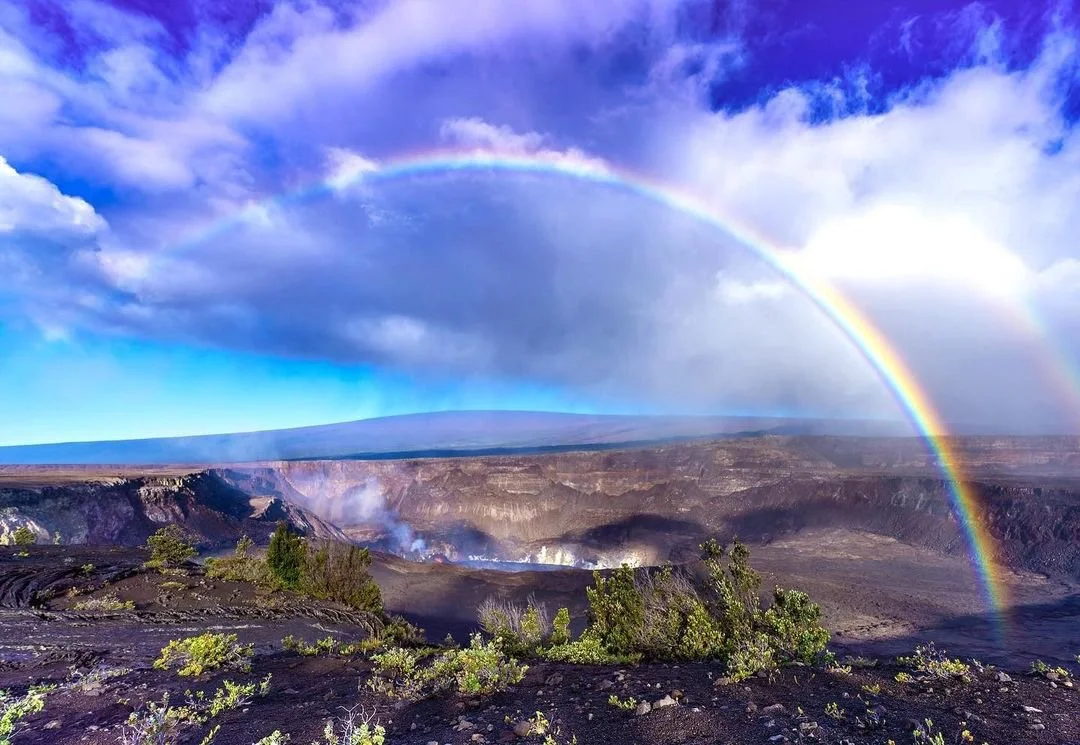
Another must-visit crater is Mauna Loa, the world’s largest volcano by volume and area. While Mauna Loa is currently dormant, the sheer size and scale of this massive volcano will leave you in awe. Hike to the summit, or simply marvel at its grandeur from afar.
Flora and Fauna in Hawaii Volcanoes National Park
Unique Plant Life
Beyond the volcanic landscapes, Hawaii Volcanoes National Park is also home to an incredible array of plant life. The park is a botanical paradise, with species found nowhere else in the world. The park’s location at the intersection of tropical and alpine ecosystems creates a unique environment for plants to thrive.
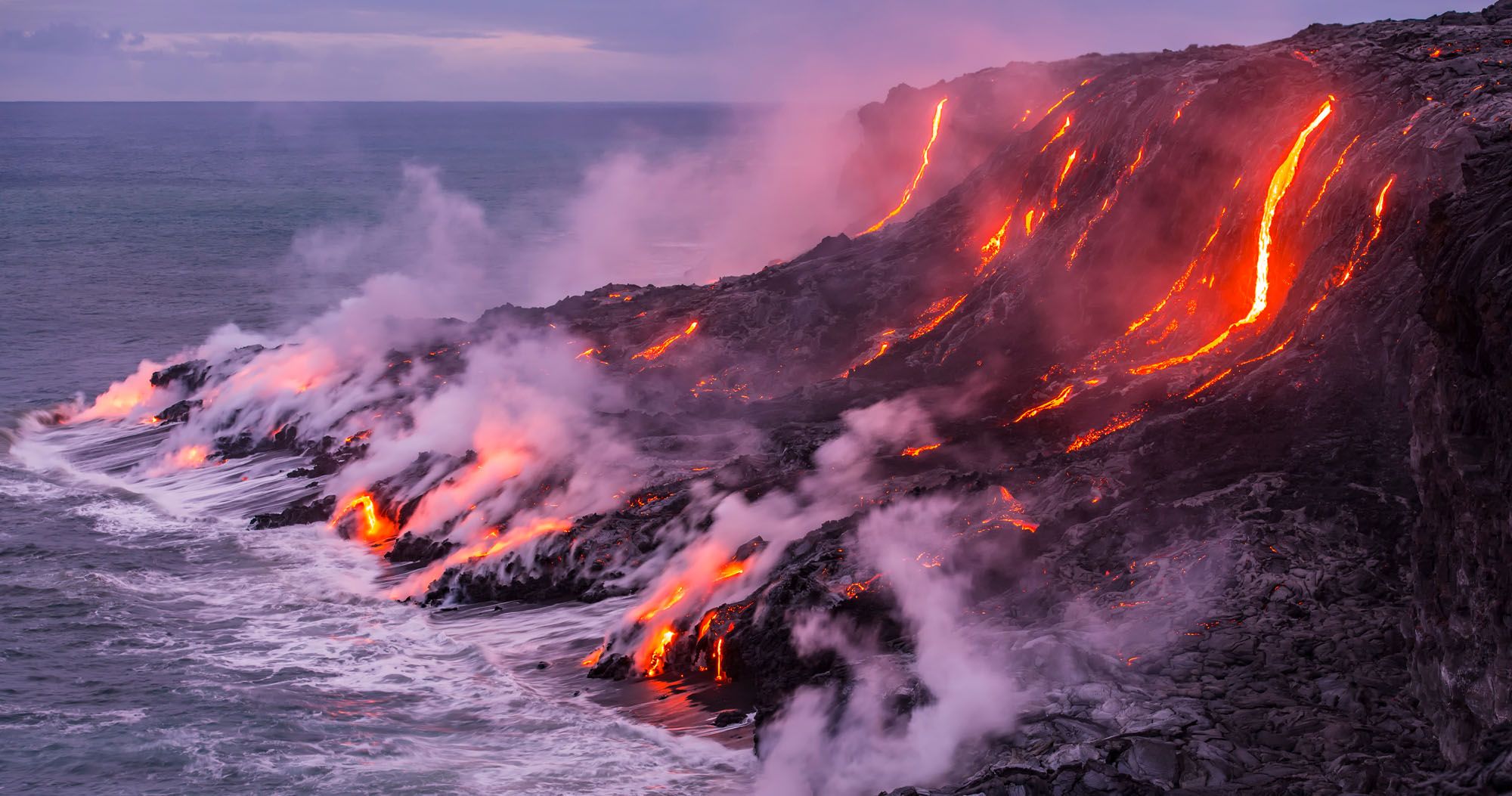
One of the most fascinating features of the park is the ʻŌhiʻa Lehua tree, a species endemic to Hawaii that grows in the volcanic soils of the park. The tree’s bright red flowers are a striking sight against the black lava rocks and make for excellent photo opportunities.
In addition to native plants, the park also features lush rainforests teeming with ferns, mosses, and tropical flowers. Visitors can stroll through these green havens and admire the beauty of this unique ecosystem.
Native Hawaiian Wildlife
The wildlife in Hawaii Volcanoes National Park is just as diverse as its plant life. The park is home to several endangered species, including the Hawaiian goose, or nene, which is the state bird of Hawaii. These graceful birds can often be spotted walking along the park’s trails or resting in the park’s lush meadows.
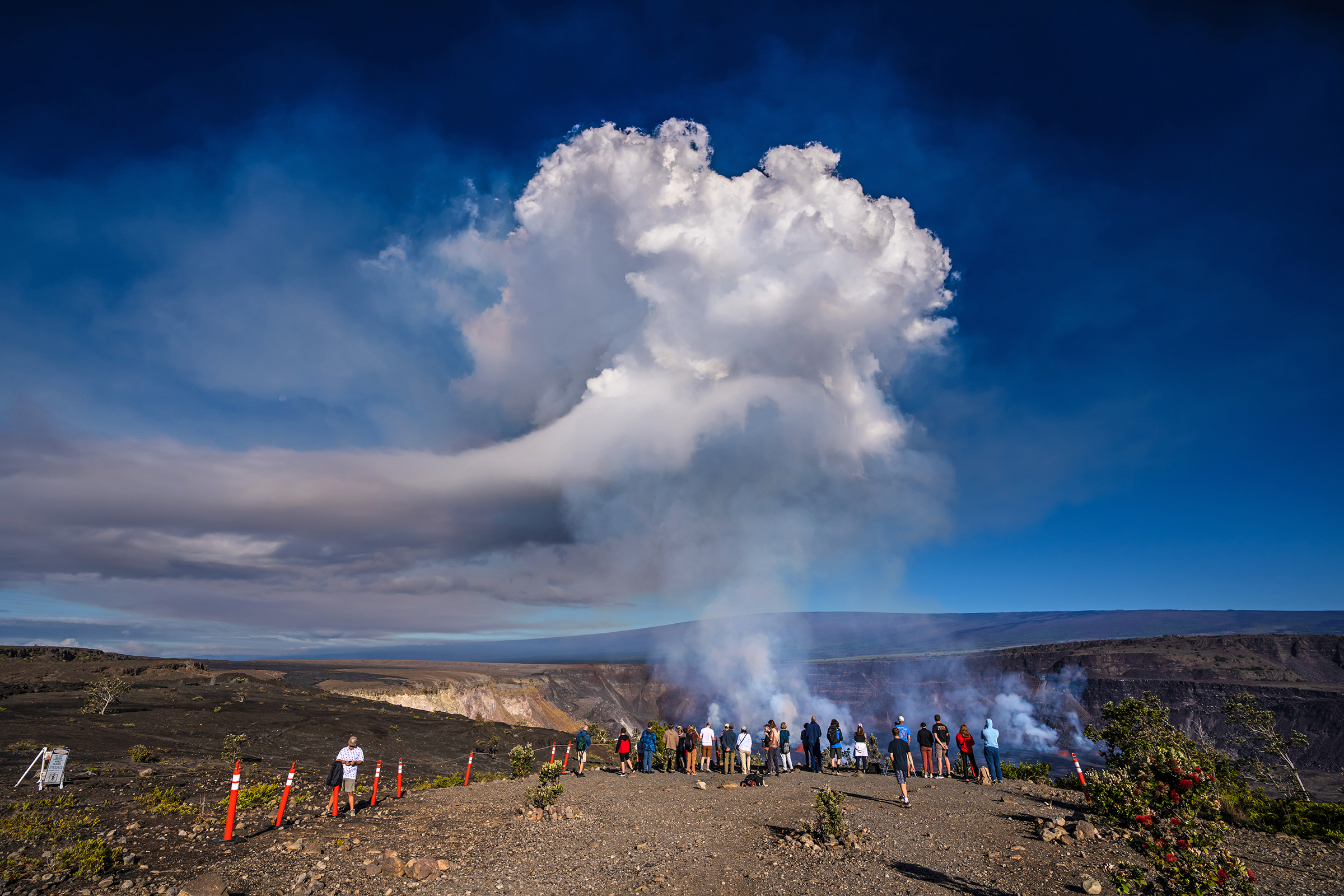
Another iconic species found in the park is the Hawaiian hoary bat, the only land mammal native to the Hawaiian Islands. Visitors may spot these bats during the evening hours as they come out to hunt for insects.
In addition to these native species, the park is home to a wide variety of other birds, insects, and marine life, making it a paradise for nature lovers and wildlife enthusiasts.
Best Time to Visit Hawaii Volcanoes National Park
While Hawaii is a year-round destination, there are certain times of the year when Hawaii Volcanoes National Park is especially stunning. The park’s volcanic activity can vary throughout the year, and certain seasons may offer better opportunities to see eruptions or lava flows. Here’s what to keep in mind when planning your visit:
-
Winter (December to February): This is a great time to visit if you want to avoid the crowds and enjoy cooler temperatures. The higher elevation of the park can make it chilly in the winter, so make sure to pack accordingly.
-
Spring and Summer (March to August): These months are ideal for outdoor activities like hiking and exploring the park’s trails. The weather is warm and sunny, and many of the park’s flora are in full bloom. It’s also the best time for witnessing active lava flows.
-
Fall (September to November): This is another excellent time to visit, as the weather remains mild, and there are fewer tourists. The fall months are great for hiking and taking in the views of the park’s unique landscapes.
Where to Stay Near Hawaii Volcanoes National Park
If you’re planning an extended visit to the park, you’ll want a comfortable place to stay. Luckily, there are several accommodation options near Hawaii Volcanoes National Park to suit a variety of budgets. Whether you’re looking for a luxurious retreat or a cozy cabin, the area has it all.
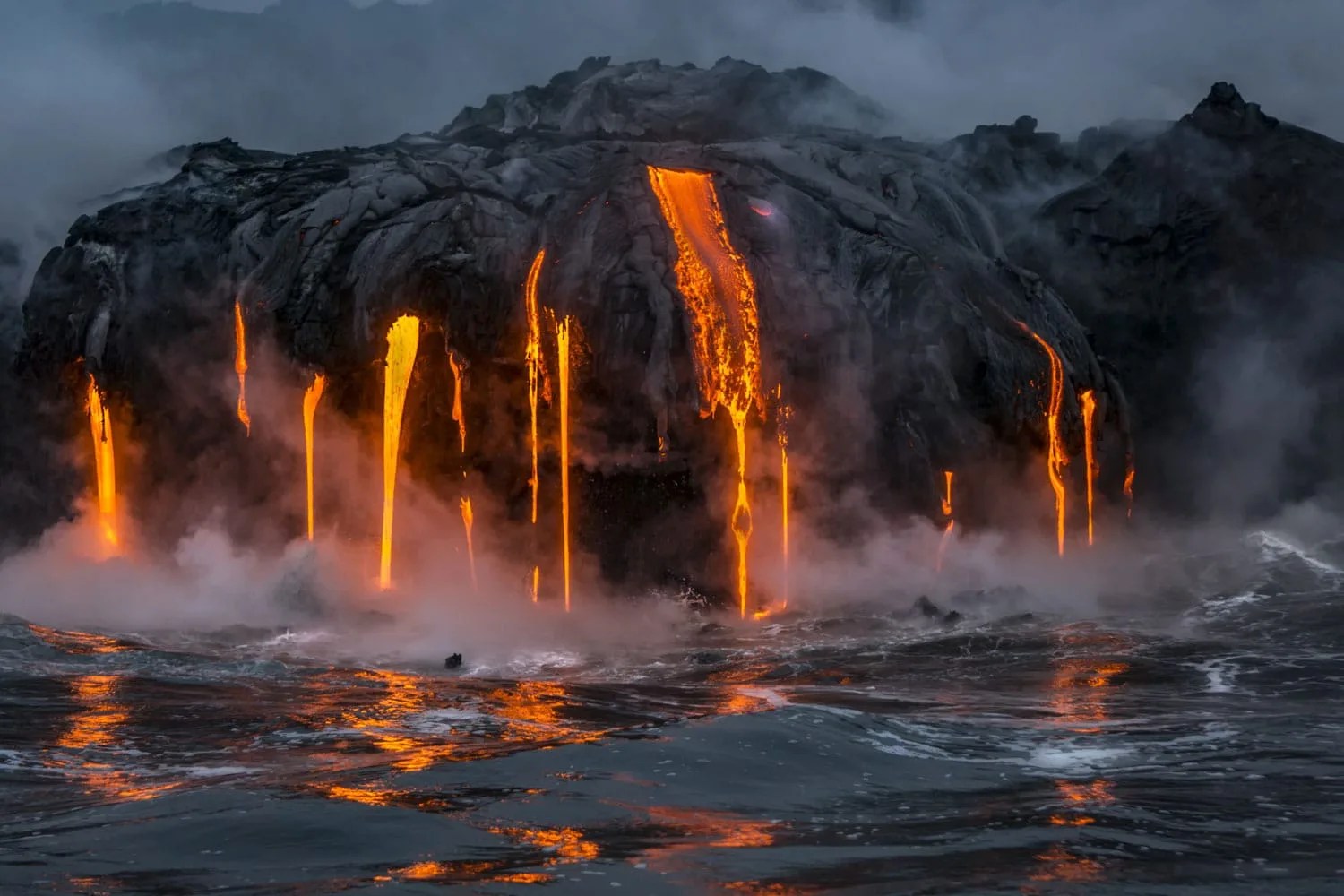
For a more upscale experience, consider staying at The Monroe Hotels. Located just a short drive from the park, The Monroe Hotels offer a range of amenities that will make your visit even more memorable. After a long day of hiking and exploring, you can relax in comfort and enjoy a delicious meal at one of the hotel’s fine dining establishments. Plus, the hotel’s knowledgeable staff can help arrange guided tours of the park, making it the perfect base for your adventure.
Conclusion
There’s no place quite like Hawaii Volcanoes National Park. Whether you’re looking to witness the power of active volcanoes, hike through lush rainforests, or experience rare wildlife in its natural habitat, the park offers something for everyone. It’s a place where nature’s beauty and power collide, and where you can truly connect with the planet’s geological and cultural history.
So, what are you waiting for? Pack your bags and head to Hawaii Volcanoes National Park for an adventure that will leave you awe-struck. And remember, The Monroe Hotels will be here to provide a comfortable and memorable stay during your visit!
Details
Namistay chain hotel
- 61-63 Hoang Ke Viem, Bac My Phu, Ngu Hanh Son, Da Nang, Vietnam
- Hotline: 0905 432 992
- Lot 45 An Thuong 29, Bac My Phu, Ngu Hanh Son, Da Nang, Vietnam
- Hotline: 0977 455 546
- 42 An Thuong 26 Street, Bac My Phu, Ngu Hanh Son, Da Nang, Vietnam
- Hotline: 0965 442 842
